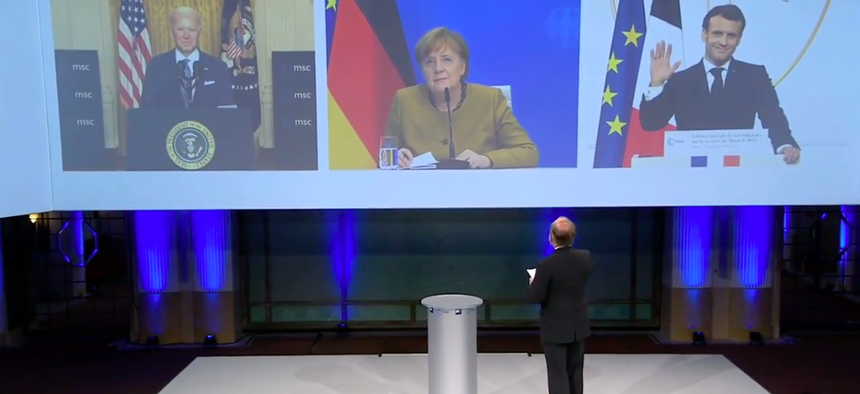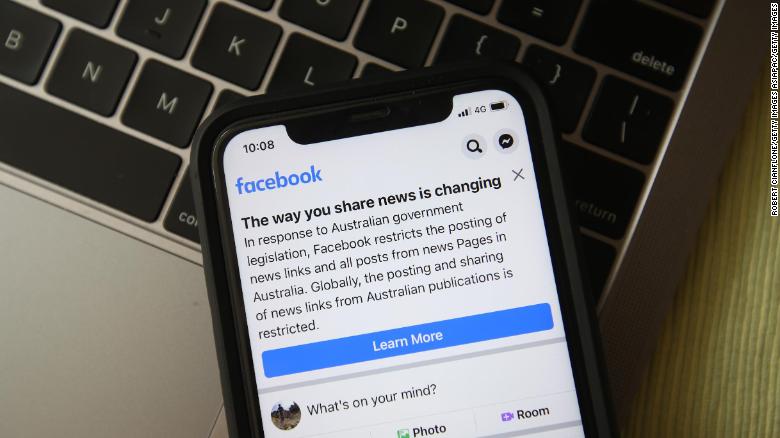The evolution of the relationship between India and the United States over the next few years will take place as both countries face a trifecta of crises. Washington will be grappling with the coronavirus and vaccine distribution, the pandemic’s economic fallout, and the consequences of political divisiveness. Delhi will also be dealing with the health crisis and its economic consequences while facing a national security crisis with an assertive China.
In this context, Prime Minister Narendra Modi will seek to consolidate and even expand ties with the United States, a partner he has called “indispensable.” Delhi will hope that Washington continues to be helpful to its interests, and—in part to ensure that—will try to be responsive to the Biden administration’s priorities. Given that, India will likely focus in the near term on cooperating with the United States to ensure that a rules-based order and multipolarity prevails in the Indo-Pacific region, on global health security, and on climate change.
Over the last few years, intensified U.S. and Indian concerns about China paved the way for deeper and more institutionalized defense and security ties, new or revived mechanisms to engage each other and with partners (including the Quadrilateral dialogue), and consultation, coordination, or cooperation in third countries and regional or global institutions, as well as incentives for the two countries to manage differences on a range of issues. Significantly for India, this also resulted in diplomatic, military, and intelligence support in its ongoing border crisis with China.














